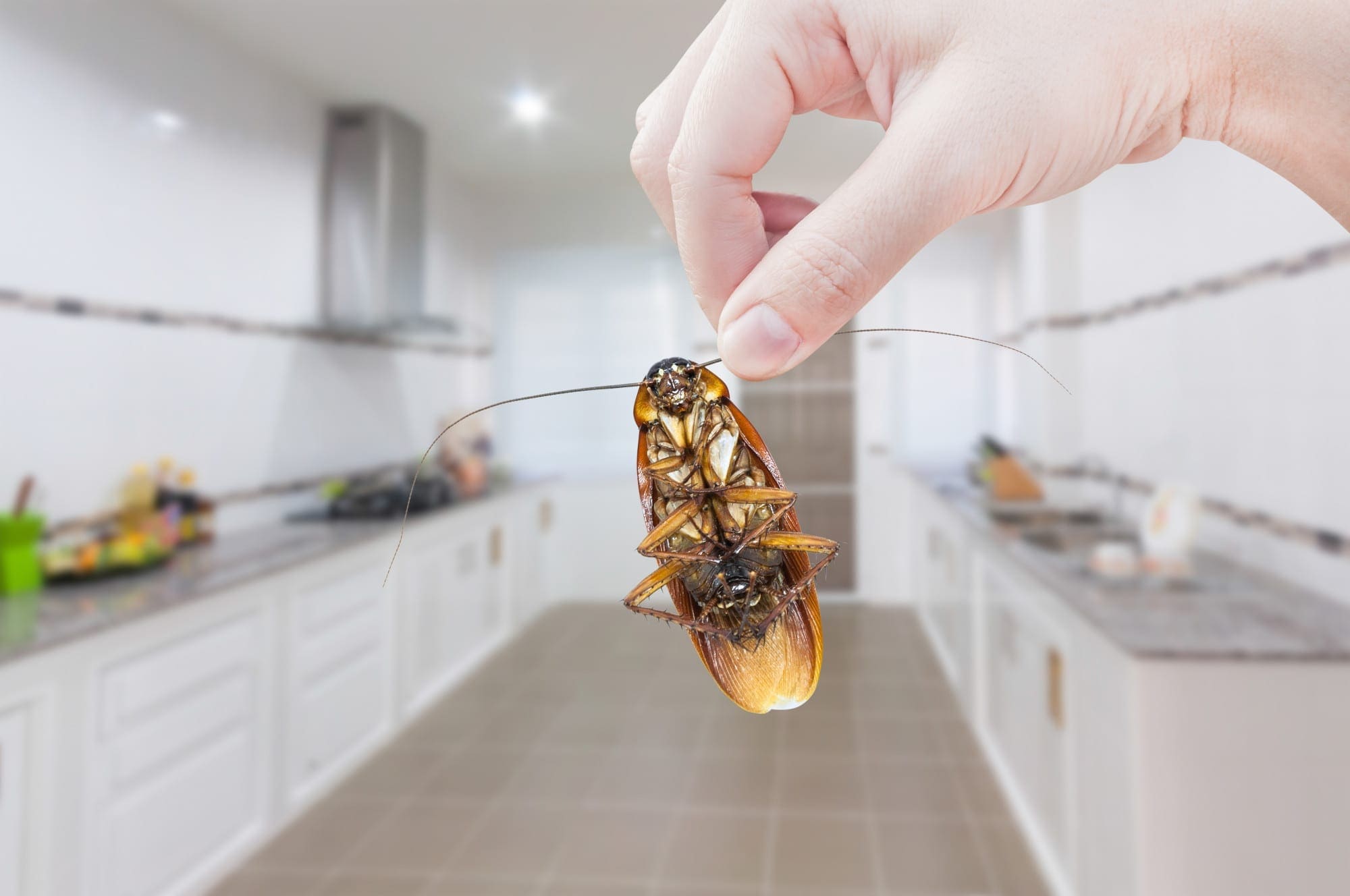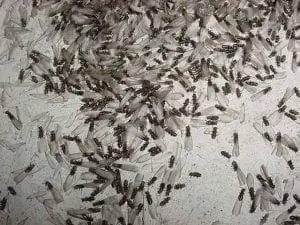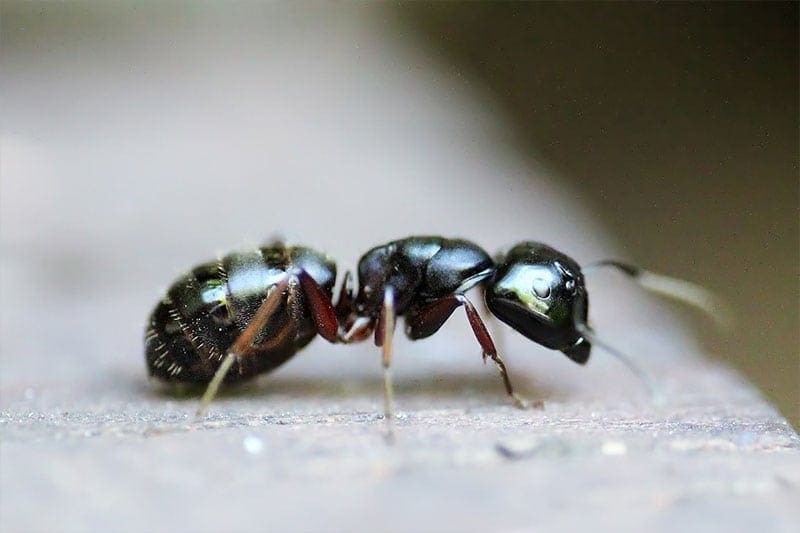Depending on the severity of the situation, a pest infestation can turn your entire life upside-down. However, if you can stay ahead of the curve and learn how to do your own pest control, you can prevent the situation from happening altogether.
But how do you do your own pest control? Is it complicated or expensive?
Fortunately, DIY pest control is neither expensive nor complicated, it just takes some due diligence.
Keep reading to learn how you can keep your home pest-free 365 days a year!
How to Do Your Own Pest Control
Learning how to do your own pest control is mostly about learning how to prevent pests from ever entering your home. You need to avoid ever sending out invitations to bugs, rodents, birds, or snakes.
If you’ve had pests before, you know how much easier it is to keep them out than kick them out! Read on for our top tips!
1. Keep Things Clean
First, we should start by saying that having a pest infestation isn’t necessarily indicative of a messy home. However, a messy home is certainly a seductive lure to pests of all kinds.
The best thing you can do to prevent pests from infesting your home is removing any accessible food sources. Obviously, you should never leave food out, as rodents and bugs alike will see that as a giant “Open for Business” sign. However, you should also make sure everything in your cupboard and pantries are well sealed, as mice have been known to chew through cereal boxes, bread bags, and more.
Finally, messes on the floor such as garbage or laundry provide excellent hiding places for all kinds of pest, especially spiders!
2. Keep Things Dry
Along with taking away food sources, you also need to take away water sources. This is a very necessary step to do your own pest control. Many bugs can live for days and weeks on water alone.
Take time to investigate your home for any leaking pipes, faucets, or appliances. Sitting water or moisture will also encourage mold growth, which can have its own negative consequences.
3. Seal Off Inviting Entrances
Next, you’ll want to seal off any points of entry into your home. This includes cracks, holes, and gaps on the exterior of the home. Then, do the same inside.
Silicone works great for sealing up small cracks and holes, especially in or around doors and windows. However, you’ll also need to get your roof checked out, which may require calling a roofing contractor.
4. Learn What to Look For
Now that you’ve taken the necessary steps to do your own pest control, you should learn what to look for in case you already have pests.
When looking for signs of mice, check for gnaw marks, feces, urine, and damaged walls, boxes, and other materials. You may also be able to smell them, depending on how bad the infestation is.
When looking for signs of spiders, check for webs, eggs sacs, a bountiful supply of food (other insects), and of course, the spiders themselves.
Other bugs will leave tell-tale signs as well. We recommend treating any signs of bugs as a possible infestation. Better safe than sorry.
5. Know When to Call in the Professionals
Finally, to treat any unwelcomed pests, there are plenty of over-the-counter methods. Traps, poisons, sprays, etc. However, one of the best tips for learning how to do your own pest control is learning when not to.
There may come a time when you need to call a spade a spade and call in the professionals. There’s no shame in it, and they’ll likely do a much better and thorough job than you could. After all, it is their job.
Letting a pest problem go too far can severely damage your house and pose substantial health risks.
We’re Here to Help
If you’ve done your best to do your own pest control but can’t seem to get the upper hand, we’ve got your back!
Contact us and we’ll provide a free 57-point inspection! Then, we’ll get to work to help you put your life back in your own hands!




